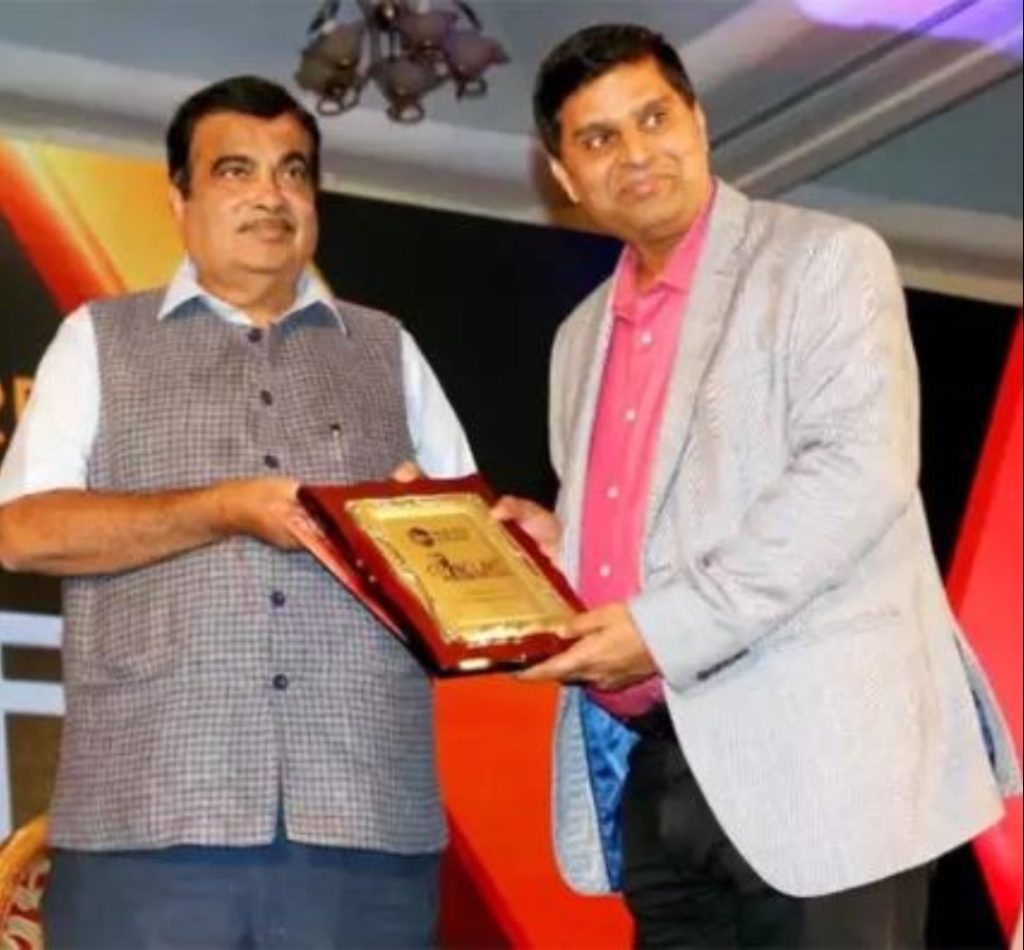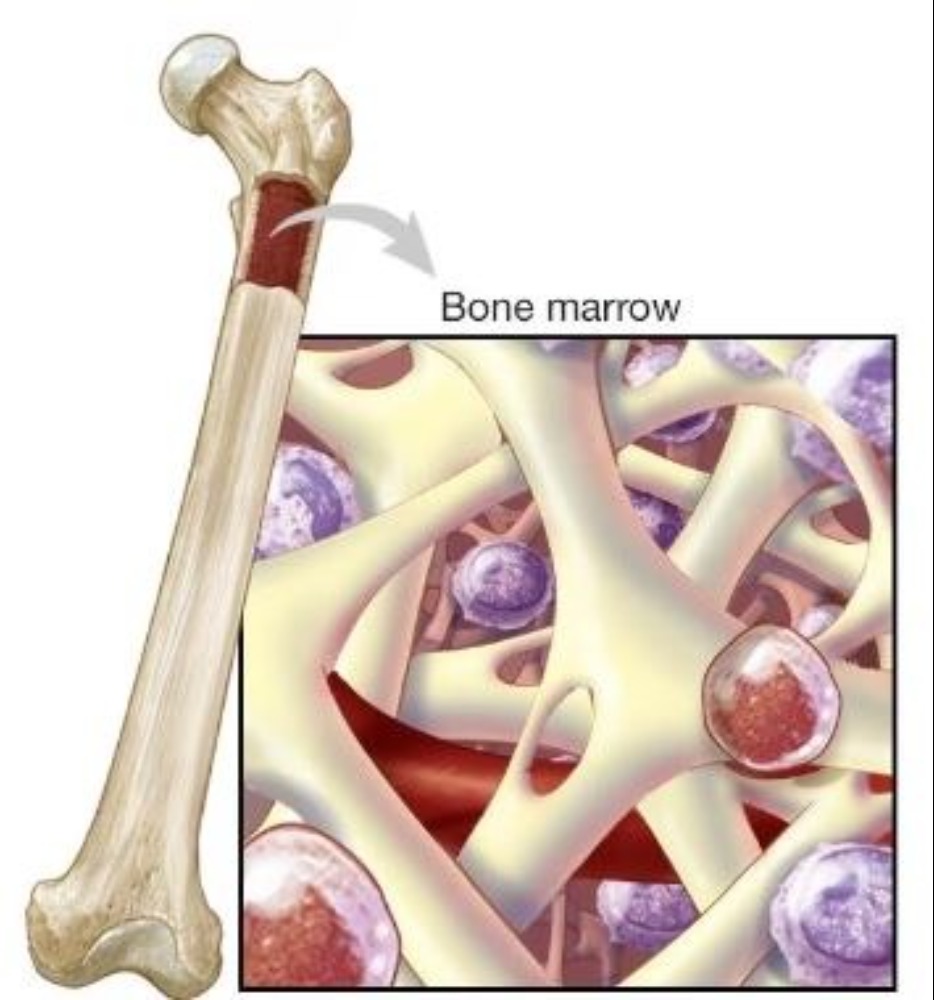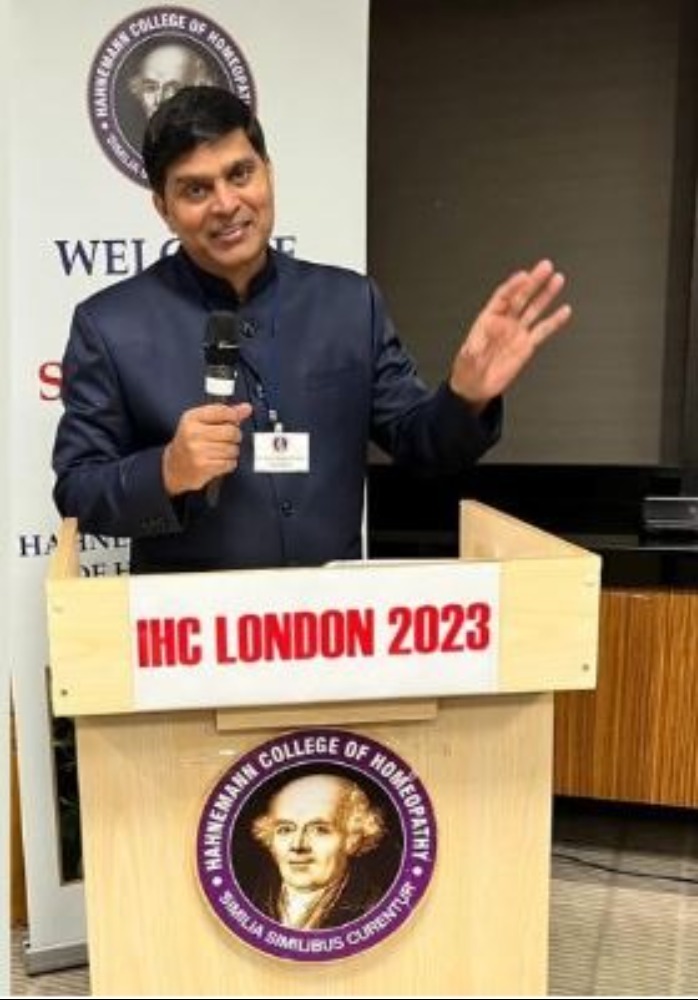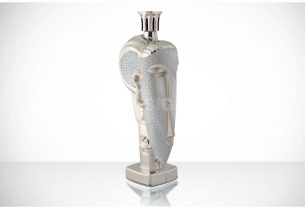Devanjana Mukherjee, Khabri Media
The future of homeopathy looks promising, with growing acceptance and a commitment to evidence-based practice, all of which were evident at the gathering.

Pic: Social Media
The world of alternative medicine converged on London, United Kingdom, for the highly anticipated International Homeopathic Conference, a biennial event that brings together practitioners, researchers, and enthusiasts from around the globe. To subscribe please click tau.id/2iy6f and access our live channel.
DON’T MISS: The Science of Sleep
The 2023 International Homeopathic Conference celebrated the rich tradition of homeopathy while also delving into the latest research and innovations in the field. With its roots dating back over two centuries, homeopathy has continued to evolve and adapt to meet the needs of modern patients.
Dr. AK Dwivedi, Member of the Scientific Advisory Board, Central Council for research in Homeopathy, Ministry of Ayush, Government of India, shared valuable insights on the control of aplastic anemia through homeopathic treatments.

Pic: Social Media
Dr. Dwivedi highlighted the significance of traditional Indian cuisine in preventing aplastic anemia. He emphasized that specific Indian recipes such as “gond ke laddu,” “meve ke laddu,” and “khas-khas ka halwa” have proven to be highly beneficial in managing conditions like aplastic anemia.
These food items are are rich in essential nutrients like magnesium, copper, iron, vitamins, niacin, phosphorus, and proteins. Apart from this, ingredients like sesame and jaggery (til-gur) are extensively used in Indian cuisine. These ingredients are known to increase blood levels, making them effective in combating aplastic anemia.
Aplastic Anemia is is a rare but serious blood condition that occurs when your bone marrow cannot make enough new blood cells for your body to work normally. Considered to be bone marrow failure disease, it can develop quickly or slowly and can be curable or fatal.
Symptoms of Aplastic anemia include easy bruising or bleeding, fatigue, last longing infections, etc. It is caused by damage to stem cells inside your bone marrow, which is the sponge-like tissue within your bones. Many diseases and conditions can damage the stem cells in bone marrow. As a result, the bone marrow makes fewer red blood cells , white blood cells , and platelet.

Pic: Social Media
Considered to be as an autoimmune disease, it attacks and destroys stem cells in your bone marrow thus making your body attack itself. Other causes of aplastic anemia include some medicines, such as those used in chemotherapy, and exposure to toxins or chemicals in the environment.
Focusing on Indian lifestyle and healthy diet, Dr. Dwivedi focused on the consumption of such food items as it not only boosts blood production but also enhances the body’s immune response, reducing vulnerability to diseases.
The conference attendees were captivated by Dr. Dwivedi’s presentation, where he shared case studies of five patients who successfully recovered from aplastic anemia through his homeopathic treatments. These patients underwent treatment regimens that included these traditional Indian sweets, citing the presence of calcium, protein, magnesium, iron, and other vital nutrients that strengthen bones and increase blood levels.
Along with aplastic anemia, physicians are providing a lot of relief to the patients with homeopathic medicines on pancytopenia, sickle cell anemia, thalassemia and bone marrow diseases. As homeopathy continues to evolve and integrate with conventional medicine, events like this conference play a crucial role in advancing our understanding of this unique healing art.



